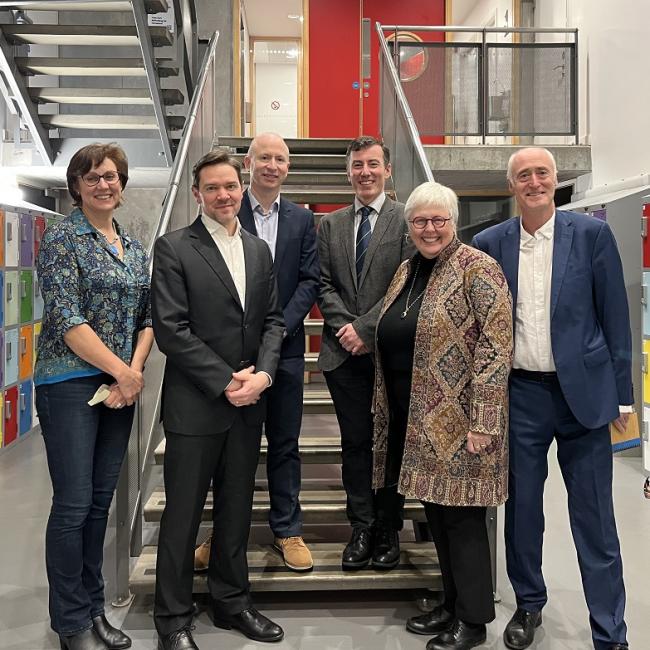Perceptions About Housing and Neighborhood Characteristics Among Aging Adult Black Americans in Two Predominantly Black, Low-Income Neighborhoods in Pittsburgh: A Multi-Method Analysis
J Racial Ethn Health Disparities. 2025 Mar 4. doi: 10.1007/s40615-025-02333-9. Online ahead of print.
ABSTRACT
The life expectancy gap between Black and White Americans has narrowed, but progress remains slow due to the persistent consequences of lifetime exposure to structural and interpersonal experiences of racism and discrimination in various settings, for example, disadvantaged housing, neighborhood, and economic conditions. It is important to understand challenges and facilitators to healthy aging among Black Americans, i.e., maintaining functional ability and well-being in older age. We explore the intersection of housing, neighborhoods, and healthy aging among Black adults who live in two predominantly Black, low-income neighborhoods in Pittsburgh, Pennsylvania. This complementary multi-method study combined survey data (n = 642) and qualitative interviews (n = 60) to delve into the perspectives of individuals aged 35 to 89. Survey and interview respondents were mostly renters (76% and 77% respectively), and about a fifth of those surveyed and interviewed reported any major home environment problems. Half of interviewees described poor quality housing as a source of stress, such as mold, building design, accessibility, and relational difficulties with their landlords and building managers. Buildings' social environment was an important dimension of housing quality among renters-behavioral and value differences between older and younger tenants caused frustration. Survey respondents were mostly (73%) satisfied with their neighborhoods' livability. Good access to transportation and community spaces were seen as positive factors to be sustained and encouraged in future. Policy implications include tracking health outcomes in housing programs for aging Black adults to inform improvements and enhanced oversight and coordination to ensure high-quality housing that meets the needs of older adults.
PMID:40038233 | DOI:10.1007/s40615-025-02333-9





